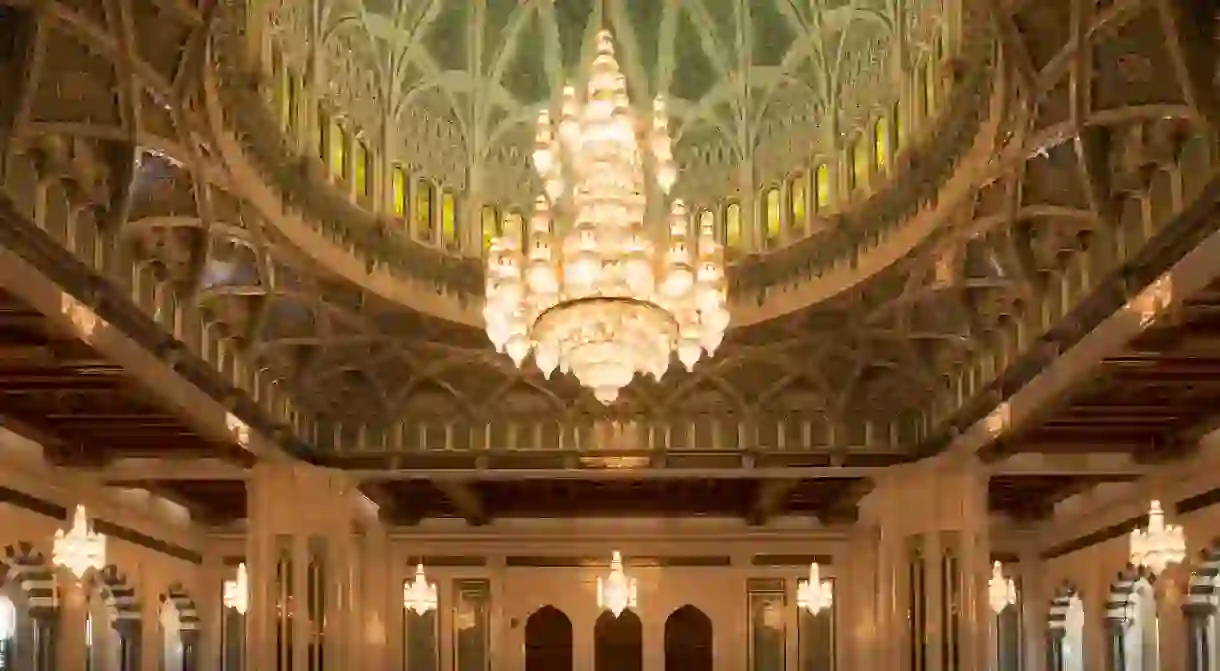A Guide to Buying Traditional Silver in Oman

When pursuing souvenirs in Oman’s souks, one of the first things you’ll notice is how much rich silverware is on offer. Filigree trinkets, daggers and lamps, and plenty of old Austrian silver coins – but why is there so much silver, and what is the history behind it all?
One of the best places to do some serious shopping for souvenirs in Oman is in Muttrah, a district of the capital Muscat. Set around a small bay housing a fishing harbour, Muttrah is watched over by sturdy watchtowers and shadowed by the dark Hajar Mountains that touch the coast. Near the district’s turquoise-tiled Iranian mosque and fancy balconies of the houses, is the labyrinthine Muttrah Souk.

Here, the shops sell everything you could possibly want, with emphasis on traditional crafts and the famous silverware. The prices are relative to the weight and silver-content of each item, but also reflect the quality of each piece, so don’t be surprised if the prices change on a daily basis, as it is linked to the silver market. In the shops, you’ll find pots, gorgeous jewellery and a lot of khanjars (silver daggers) for sale.
Silver and the Middle East

Silver has played a big role in the Middle East for millennia, mostly in jewellery, but also for coinage and weaponry. While silver ore was found in Syria, Yemen and the region that is now Turkey, the trade routes also made silver easily available in Oman. Nizwa, once the capital of Oman, was a well-known silver centre together with Rustaq, Ibri and Sur, where top silversmiths settled to work on delicate items for local royalty as well nomadic Bedouins. Each centre had its own intricate and distinctive designs as well as techniques.
Bedouin jewellery

The history of Bedouin jewellery goes back thousands of years. There have been reports of cave paintings depicting nomadic folk adorned with plentiful jewellery and tools have been found in Egyptian tombs that very much resemble the ones still used by traditional silversmiths. Bedouin jewellery was always made from silver, since they had easy access to the material and it was believed that silver had protective powers. In a Bedouin tribe, jewellery was typically worn by women and children, while men adorned their weapons, khanjars, swords and guns, but rarely themselves – apart from some tribesmen, who wore a single earring as a talisman. Children sometimes wore bracelets and anklets, often decorated with numerous small bells, which made it easier for the families to keep track of the kids in the desert, and at the same time warding off evil spirits.
Favoured designs often included so-called magic squares, locally known as hirz, which were like small cases with scrolls of paper inside and were generally given to children. Other favourites include the hand of Fatima, jewellery made with gemstones – often turquoise – and pieces inscribed with verses from the Qur’an.
Maria Theresa thalers

Valued for its high silver content of 83-85 percent (the remainder is copper), the Austrian Maria Theresa thaler coin was adopted as Oman’s currency during the 19th century, and was in use until as recently as 1968. But beware, all coins show the date 1780, the year of the death of Empress Maria Theresa, regardless of when they were minted, so if you’re looking for an ancient coin, the date is no real indication.
Whether you are after a thaler or a silver coffee pot on your travels – or indeed a chunky piece of statement jewellery – buying real silver in Oman guarantees you a traditional keepsake as well as an investment.













